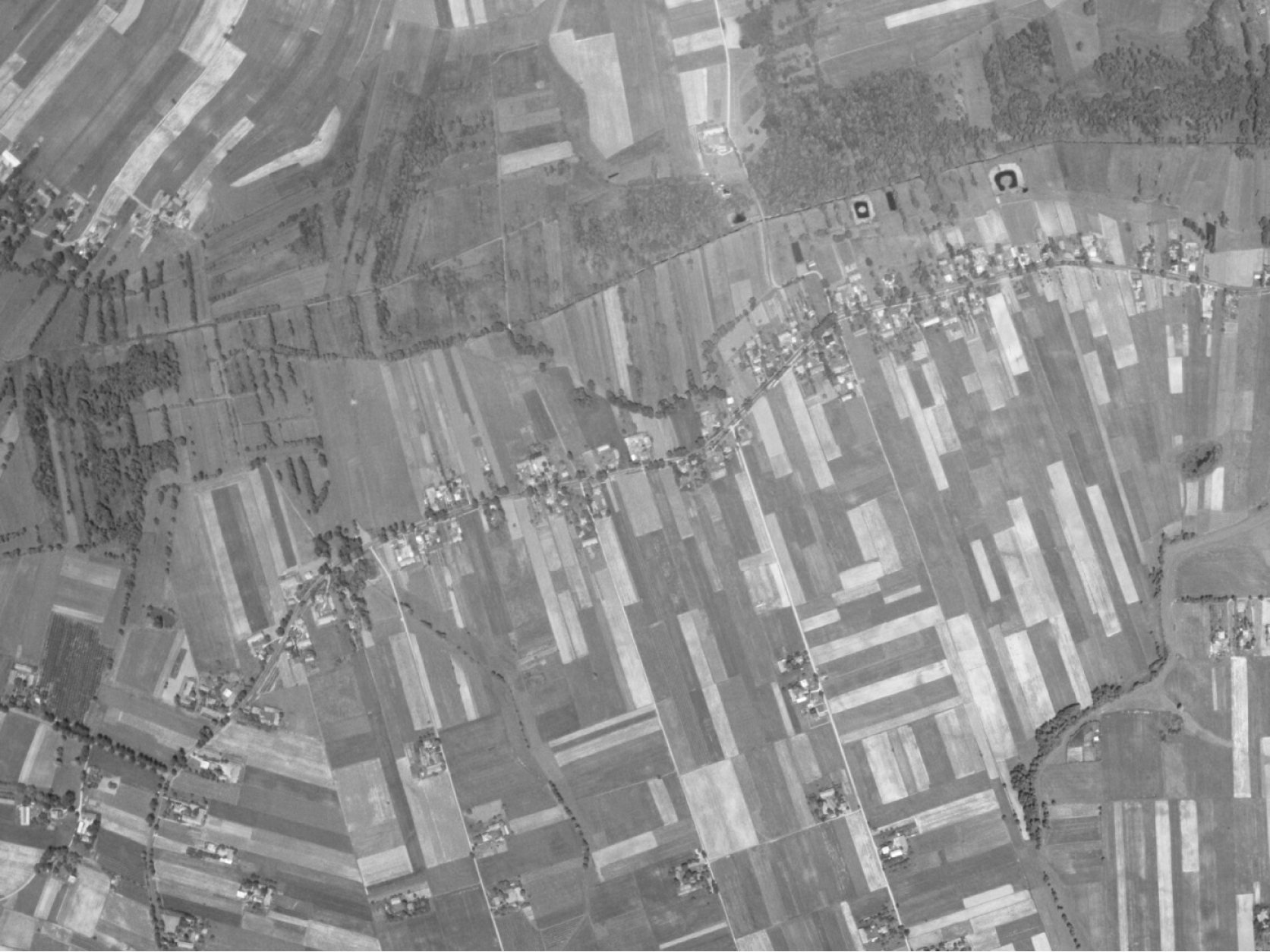The selected taxa valuable as food for insect visitors in agricultural landscape of Jastków, SE Poland
Abstract
The flora inventory was carried out in 2011-2012 in the Jastków manicipality in SE part of Poland. The aim of the study was to assign the condition of bee flora and establish the floristic richness on fallows, bush communities and fields margins in agricultural landscape. Flora of these biotops consists of 214 species, among them 80% were flow taxons. Apophytes (163 species – 78%) predominated on all types of biotops under consideration. Perennials predominated in flora of boundary strips and bush communities. Mainly hemicryptophytes and therophytes compose flora of fallows. Great number of plant taxons which are important as food for bee were originated to meadows, segetal or ruderal plants. Most flow plants compose loose patches but its successive blooming ensure source of food for Apoidea, and other pollinators i.e. Diptera, Syrphidae, Lepidoptera, Vespidae, Heteroptera and Coleoptera from early spring till the end of summer. The flora of boundary strips create the biodiversity in studied agricultural landscape. The treatments including sowing, mainly on fallows with nectariferous and polleniferous species would enrich generally weak flows in highly agricultural landscape.
References
Corbet S.A., Williams I.H., Osborne J.L. 1991. Bees and the pollination of crop and wild flowers in the European Communities. Bee World 72 (2): 47–59.
Denisow B. 2009a. Pollen production, flowering and insects visits on Euphorbia cyparissias L. and Euphorbia virgultosa Klok. J. Apicult. Res. 48 (1): 50–59.
Denisow B. 2009b. Factors determining diurnal dynamics of blooming of chosen plants species. Acta Agrobotanica 62(1): 83–89.
Denisow B., Wrzesień M. 2007. The anthropogenic refuge areas for bee flora in agricultural landscape. Acta Agrobotanica 60 (1): 147–157.
Dostatny D. 2006. Traditional farming as a tool for weed conservation. 1st European Congress of Conservation Biology (22-26 August 2006, Eger-Hungary): 23–24.
Jabłoński B., Kołtowski Z. 1995. An attempt to outline the changes in the forage base of bees in Poland. In: Banaszak J. (ed.), Changes in fauna of wild bees in Europe. Pedagogical Univ., Bydgoszcz.
Matuszkiewicz W. 2008. Przewodnik do oznaczania zbiorowisk roślinnych Polski. Wyd. Nauk. PWN, Warszawa.
Mirek Z., Piekoś-Mirkowa H., Zając A., Zając M. 2002. Flowering plants and pteridophytes of Poland. A checlist. Biodiversity of Poland 1: 1–442. Szafer Institute of Botany, Polish Academy of Sciences, Kraków.
Tokarska-Guzik B. 2005. The establishment and spread of alien plant species (kenophytes) in the flora of Poland: 191 + Appendixes A & B. Wyd. Uniw. Śląskiego, Katowice.
Torchio P.F. 1994. The present status and future prospects of non-social bees as crop pollinators. Bee World 75 (2): 49–53.
Turski R., Uziak S., Zawadzki S. 1993. Gleby. Środowisko przyrodnicze Lubelszczyzny. Lub. Tow. Naukowe, Lublin.
Van Opstal A.J. 2000. The architecture of the Pan European Ecological Network. National Reference Centre for Nature Management, Ministry of Agriculture, Wageningen.
Warakomska Z. 1995. The composition of polleniferous plants of the Kraków region in the microscopic ananysis of pollen loads of the honeybee. In: Banaszak J. (ed.), Changes in fauna of wild bees in Europe. Pedagogical Univ., Bydgoszcz.
Warakomska Z. 1997. Pollen spectrum of multifloral honeys of Lublin region. Biology of flowering, nectar secretion and plant polination (Proc. of 1st National Sci. Conf., 13-14 November 1997, Lublin, Poland): 170–177.
Williams P.H. 1982. The distribution and decline of British bumble bees (Bombus Latr.). J. Apicult. Res. 21 (4): 236–245.
Williams I.H., Corbet S.A., Osborne J.L. 1991. Beekeeping, wild bees and pollination in the European Community. Bee World 72 (4): 170–180.
Wróblewska A. 2002. Flow flora of Podlasie in the light of pollen analysis of honeybee products. Rozprawy naukowe. Wyd. AR, Lublin. (in Polish).
Zając A. 1979. Pochodzenie archeofitów występujących w Polsce. Rozp. Hab. Univ. Jagiel. 29: 1–213.


This work is licensed under a Creative Commons Attribution-NonCommercial-NoDerivatives 4.0 International License.
The journal is licensed by Creative Commons under BY-NC-ND license. You are welcome and free to share (copy and redistribute the material in any medium or format) all the published materials. You may not use the material for commercial purposes. You must give appropriate credit to all published materials.
The journal allow the author(s) to hold the copyrights and to retain publishing rights without any restrictions. This is also indicated at the bottom of each article.





